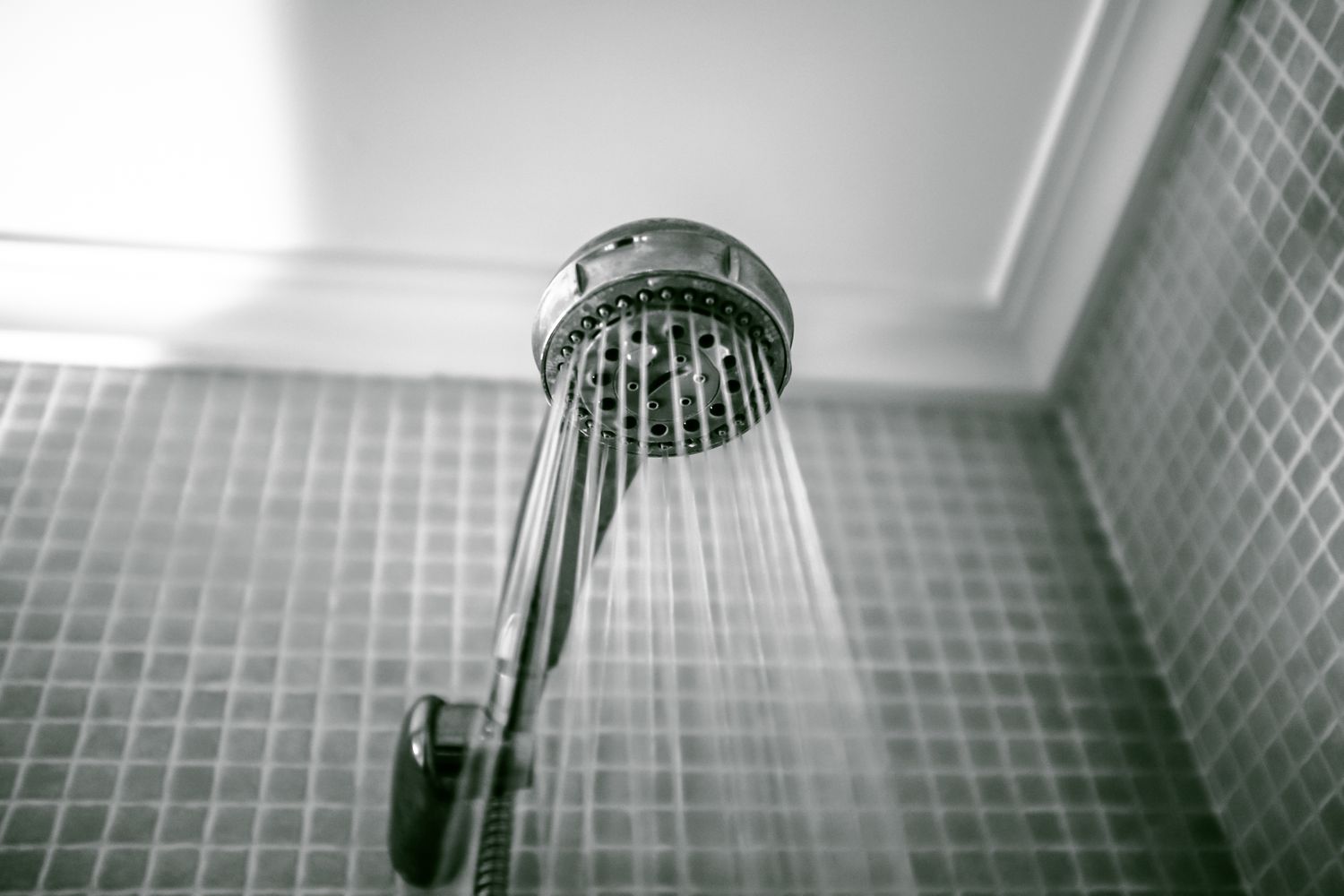

Articles
What Is Considered A Low Flow Showerhead
Modified: February 11, 2024
Discover the benefits of low flow showerheads and how they can help you save water and energy. Read our informative articles on this sustainable bathroom fixture.
(Many of the links in this article redirect to a specific reviewed product. Your purchase of these products through affiliate links helps to generate commission for Storables.com, at no extra cost. Learn more)
Introduction
In today’s world, where conserving water is becoming increasingly important, making sustainable choices can go a long way in preserving our precious resources. One area where water conservation can be easily implemented is in the bathroom, particularly when it comes to the use of showerheads. While traditional showerheads are notorious for their high water consumption, a greener alternative has gained popularity in recent years: low flow showerheads.
Definition of a Low Flow Showerhead
A low flow showerhead is a bathroom fixture designed to reduce water consumption during showers. These showerheads are engineered to limit water flow while still providing a satisfying shower experience. This is achieved through the use of innovative technologies that optimize water flow and pressure, resulting in reduced water usage without compromising on performance or comfort.
Benefits of Low Flow Showerheads
One of the most evident benefits of low flow showerheads is their ability to save water. With traditional showerheads, water consumption can average around 2.5 gallons per minute (GPM). In contrast, low flow showerheads can use as little as 1.5 GPM, resulting in significant water savings. This not only helps reduce your water bill but also contributes to the conservation of our planet’s most valuable resource.
In addition to water conservation, low flow showerheads also offer a range of other benefits. One such benefit is energy savings. Showering accounts for a substantial amount of household energy usage, as hot water needs to be heated. By reducing water usage, low flow showerheads indirectly reduce the amount of energy required to heat the water, resulting in lower energy bills.
Furthermore, low flow showerheads can improve water pressure and provide a more invigorating shower experience. The advanced design and technology behind these showerheads ensure that water is distributed evenly and efficiently, creating a satisfying flow without the need for excessive water usage. This means you can enjoy a refreshing shower while still being mindful of your environmental impact.
Water-saving Technologies in Low Flow Showerheads
Low flow showerheads incorporate various water-saving technologies to optimize water usage. One common technology is the inclusion of aerators or flow restrictors. These devices introduce air into the water stream, creating a voluminous flow despite using less water. Additionally, some low flow showerheads feature adjustable settings, allowing users to customize their shower experience and regulate the water flow according to their preference.
Some advanced low flow showerheads also utilize pressure-compensating technology. This technology ensures a consistent flow rate regardless of the water pressure, maintaining a comfortable and efficient shower experience even in areas with low water pressure.
Key Takeaways:
- Low flow showerheads are designed to save water and energy without sacrificing shower experience. With innovative technologies, they offer significant water savings and contribute to a more sustainable lifestyle.
- By choosing a low flow showerhead, you can enjoy cost savings, improved water pressure, and a more eco-friendly shower experience. These water-saving devices provide a satisfying shower while conserving valuable resources.
Read more: How To Remove The Low-Flow From A Showerhead
Definition of a Low Flow Showerhead
A low flow showerhead is a bathroom fixture specifically designed to reduce water consumption during showers. It functions by limiting the amount of water that flows through the showerhead while still providing a satisfying and enjoyable shower experience. Traditional showerheads typically have a flow rate of around 2.5 gallons per minute (GPM) or even higher, which can lead to unnecessary water wastage. In contrast, low flow showerheads are designed to have a maximum flow rate of 2.0 GPM or lower, resulting in significant water savings.
Low flow showerheads achieve their water-saving capabilities through innovative engineering and the incorporation of water-efficient technologies. One of the key features of these showerheads is the use of aerators or flow restrictors. These devices help control the amount of water that comes out of the showerhead by mixing air with the water stream. This not only reduces the overall volume of water used but also helps maintain a consistent water pressure for an enjoyable shower experience.
Another technology commonly found in low flow showerheads is the inclusion of pressure-compensating mechanisms. These mechanisms ensure a constant flow rate, regardless of the water pressure in your home. This means that even if you have low water pressure, you can still enjoy a satisfying shower without sacrificing performance or water efficiency.
Furthermore, many low flow showerheads feature adjustable spray settings, allowing users to customize their shower experience according to their preferences. These settings often include different spray patterns such as a wide spray, a targeted massage spray, or a gentle rain-like spray. By having the option to adjust the spray pattern, users can tailor their shower to their liking while using less water compared to a traditional showerhead.
It’s important to note that low flow showerheads are not only beneficial for water conservation but also for energy savings. As showering accounts for a significant portion of household water heating, reducing water consumption directly translates to lower energy usage. By using a low flow showerhead, you can reduce the amount of energy needed to heat the water, resulting in lower energy bills and a greener home.
In summary, a low flow showerhead is a water-saving bathroom fixture designed to limit water consumption during showers. By utilizing various technologies such as aerators, flow restrictors, and pressure compensators, low flow showerheads provide a satisfying shower experience while significantly reducing water usage. These eco-friendly showerheads not only help conserve water but also contribute to energy savings and a more sustainable lifestyle.
Benefits of Low Flow Showerheads
Low flow showerheads offer a multitude of benefits, making them a wise choice for both environmentally conscious individuals and those looking to reduce their water and energy bills. Let’s explore some of the major advantages of using low flow showerheads:
1. Water Conservation: One of the most significant benefits of low flow showerheads is their ability to save water. Standard showerheads typically have a flow rate of 2.5 gallons per minute (GPM) or more, whereas low flow showerheads use around 1.5 GPM or even less. By using less water during each shower, these showerheads help conserve this precious resource and contribute to sustainable water management.
2. Energy Savings: With water conservation comes energy savings. Since showers are a major source of household hot water usage, reducing water flow directly results in less energy required for water heating. This translates into lower energy bills and a reduced carbon footprint. By switching to a low flow showerhead, you can both save money and lessen your impact on the environment.
3. Cost Savings: Using less water not only benefits the environment but also your wallet. By reducing your water consumption, you can significantly lower your monthly water bill. Over time, the savings can add up, making low flow showerheads a cost-effective investment.
4. Improved Water Pressure: Contrary to popular belief, low flow showerheads can offer satisfying water pressure. These showerheads are designed with advanced technology to optimize water flow and maintain a strong pressure while limiting water usage. This ensures that you can still enjoy a refreshing and invigorating shower experience without feeling a significant difference in water pressure.
5. Enhanced Shower Experience: Low flow showerheads often come with various spray settings and patterns, allowing for a customizable shower experience. Whether you prefer a gentle rainfall effect or a more targeted massage spray, these showerheads cater to your personal preferences, providing an enjoyable and spa-like experience.
6. Environmental Impact: Choosing low flow showerheads contributes to a more sustainable future. By reducing water consumption and conserving resources, you are doing your part to protect the environment. It’s a small step in the right direction that collectively leads to a significant positive impact.
7. Easy Installation: Installing a low flow showerhead is a simple and straightforward process that can be done without the need for professional assistance. With just a few basic tools, you can replace your existing showerhead with a low flow version and start reaping the benefits of water and energy savings right away.
By considering these various benefits, it becomes clear that low flow showerheads are an excellent choice for those who not only want to reduce their environmental impact but also save money and enhance their daily showering experience. With their water-saving features, energy efficiency, and affordable installation, low flow showerheads are a practical and sustainable solution for any bathroom.
Water-saving Technologies in Low Flow Showerheads
Low flow showerheads are equipped with various water-saving technologies that allow you to conserve water without compromising on the quality of your showering experience. These advanced features work together to optimize water flow, maintain pressure, and reduce overall water usage. Let’s explore some of the key water-saving technologies found in low flow showerheads:
1. Aerators or Flow Restrictors: Aerators or flow restrictors are devices installed inside the showerhead that mix air with the water stream. This combination creates a voluminous and satisfying shower experience while reducing water flow. By introducing air into the water, these devices help maintain water pressure, making the shower feel just as powerful as with a traditional showerhead despite the lower flow rate.
2. Pressure-compensating Mechanisms: Low flow showerheads often incorporate pressure-compensating technology to ensure a consistent water flow rate regardless of the water pressure in your home. These mechanisms dynamically adjust the flow to provide a steady and satisfying shower experience, even in areas with low water pressure. This technology ensures that you enjoy a consistent water flow, regardless of the conditions.
3. Adjustable Spray Settings: Many low flow showerheads feature adjustable spray settings, allowing you to personalize your shower experience. These settings typically include different spray patterns such as a wide spray, a targeted massage spray, or a gentle rain-like spray. By being able to customize the spray pattern, you can find the perfect balance between water conservation and your preferred showering sensation.
4. Water-efficient Designs: Low flow showerheads are meticulously engineered to maximize their water-saving capabilities. They feature sophisticated designs that optimize water flow and distribution, ensuring that every drop counts. These designs can include strategically positioned nozzles, water channels, or special patterns that help disperse water effectively while maintaining a satisfying shower experience.
5. Smart Flow Sensors: Some advanced low flow showerheads come equipped with smart flow sensors. These sensors monitor and regulate water flow to further minimize water usage. They can automatically detect when water is not being actively used, such as when shampooing or lathering, and reduce the flow accordingly. This feature reduces water wastage during showering, providing additional water savings.
6. Water-saving Certifications: When choosing a low flow showerhead, look out for certifications such as the WaterSense label. These certifications ensure that the showerhead meets rigorous water efficiency and performance standards. By opting for certified products, you can be confident that you are purchasing a true water-saving device that has been independently tested and verified.
By incorporating these innovative water-saving technologies, low flow showerheads offer an effective solution to reduce water consumption without compromising on comfort or performance. Whether by utilizing aerators, pressure-compensating mechanisms, adjustable spray settings, or other design features, these showerheads deliver a satisfying shower experience while promoting sustainability and water conservation.
Factors to Consider When Choosing a Low Flow Showerhead
When selecting a low flow showerhead, there are several factors to consider to ensure you choose the right option for your needs and preferences. By keeping these factors in mind, you can find a low flow showerhead that not only helps conserve water but also provides a satisfactory showering experience. Here are some key factors to consider when choosing a low flow showerhead:
1. Flow Rate: The flow rate of a showerhead refers to the amount of water it releases per minute. Low flow showerheads typically have a maximum flow rate of 2.0 gallons per minute (GPM) or lower. Consider your desired balance between water conservation and water pressure when selecting a flow rate that suits your preferences.
2. Water Efficiency: Look for low flow showerheads that are certified water-efficient, such as those with the WaterSense label. These certifications ensure that the showerhead meets specific water-saving criteria without compromising performance. Choosing a certified water-efficient showerhead will give you peace of mind knowing that you’re making a sustainable choice.
3. Spray Pattern and Settings: Consider the available spray patterns and settings. Some low flow showerheads offer adjustable settings that allow you to switch between different spray patterns, such as a wide spray or a more concentrated massage spray. This customization allows you to tailor your shower experience to your preferences while still conserving water.
4. Installation Compatibility: Check the compatibility of the low flow showerhead with your existing shower system. Ensure that the showerhead you choose can be easily installed without requiring any modifications to your plumbing or additional equipment. Most low flow showerheads are designed to fit standard shower arms, but it’s always a good idea to double-check before making a purchase.
5. Quality and Durability: Consider the quality and durability of the low flow showerhead. Look for models made from high-quality materials such as solid brass or stainless steel, which can withstand daily use and last longer. Reading customer reviews and ratings can provide insights into the durability and performance of different showerhead options.
6. Easy Maintenance: Check if the low flow showerhead is easy to clean and maintain. Build-up of minerals and limescale can affect the efficiency of the showerhead over time. Look for showerheads with features like removable flow restrictors or rubber nozzles that facilitate easy cleaning and maintenance.
7. Budget: Consider your budget when choosing a low flow showerhead. While prices can vary, it’s important to remember that investing in a high-quality, water-efficient showerhead can result in long-term savings on your water and energy bills. Evaluate the features and benefits of different models to find one that fits your budget without compromising on quality.
By considering these factors, you can make an informed decision when choosing a low flow showerhead. A well-chosen showerhead will not only help you conserve water and reduce your environmental impact but also provide a satisfying and enjoyable showering experience.
Look for a low flow showerhead that has a flow rate of 2.5 gallons per minute or less. This will help you save water and reduce your utility bills.
Read also: 10 Best Low Flow Showerhead for 2024
Installation Process of Low Flow Showerheads
The installation of a low flow showerhead is a relatively simple process that can be done without the need for professional assistance. With a few basic tools and following these step-by-step instructions, you can replace your existing showerhead with a low flow option:
1. Gather the necessary tools: Before starting the installation, gather the necessary tools, which usually include an adjustable wrench or pliers, plumber’s tape, and a cloth or towel.
2. Turn off the water supply: Locate the water shut-off valve for your shower and turn it off to prevent any water flow during the installation process. This valve is typically found near the shower pipes in your bathroom.
3. Remove the existing showerhead: Use an adjustable wrench or pliers to loosen and detach the current showerhead from the shower arm. Turn it counter-clockwise until it is fully removed. If the showerhead is stuck, you can use a cloth or towel to provide extra grip.
4. Clean the shower arm: Once the old showerhead is removed, inspect the shower arm to ensure it is clean and free from any debris or old plumber’s tape. If needed, use a cloth or towel to wipe the shower arm clean.
5. Apply plumber’s tape: Take a strip of plumber’s tape, also known as Teflon tape, and wrap it clockwise around the thread on the shower arm. This tape helps create a watertight seal when attaching the new low flow showerhead.
6. Attach the new showerhead: Take the low flow showerhead and screw it onto the shower arm in a clockwise direction. Use your hand to tighten it firmly, ensuring a snug fit. Be careful not to overtighten, as it may damage the showerhead or the shower arm.
7. Test for leaks: Once the new showerhead is securely attached, turn on the water supply to test for any leaks. Allow the water to flow for a few moments while checking for any drips or water escaping from the connection. If you notice any leaks, use an adjustable wrench or pliers to tighten the connection slightly until the leaks stop.
8. Adjust the flow rate (if applicable): If your low flow showerhead has adjustable flow settings, follow the manufacturer’s instructions to set your preferred flow rate. Some showerheads have a flow regulator or a lever that can be adjusted to customize the water flow to your liking.
9. Enjoy your low flow showerhead: With the installation complete and any necessary adjustments made, you can now enjoy your newly installed low flow showerhead. Revel in the water-saving benefits and the satisfying shower experience it provides.
It’s important to note that the specific installation process may vary depending on the showerhead model. Always refer to the manufacturer’s instructions for detailed guidance on installation and any unique considerations for your specific low flow showerhead.
By following these simple steps, you can quickly and easily replace your existing showerhead with a low flow option, ensuring water conservation and a more sustainable showering experience.
Maintenance and Cleaning of Low Flow Showerheads
To ensure the optimal performance and longevity of your low flow showerhead, regular maintenance and cleaning are essential. Over time, mineral deposits, limescale, and other debris can build up inside the showerhead, impeding water flow and reducing its efficiency. By incorporating these maintenance practices into your routine, you can keep your low flow showerhead in excellent condition:
1. Regular Cleaning: It is advisable to clean your low flow showerhead at least once every few months, or more often if you live in an area with hard water. Start by removing the showerhead from the shower arm. Inspect the nozzles and use a soft toothbrush or a small brush to gently scrub away any mineral deposits or buildup. You can use a vinegar solution (1 part vinegar and 1 part water) to soak the showerhead overnight to help dissolve any stubborn residue. Rinse the showerhead thoroughly with warm water before reattaching it to the shower arm.
2. Removing Flow Restrictors: Some low flow showerheads have built-in flow restrictors that limit the water flow. While these flow restrictors are designed to save water, they can become clogged with debris and affect water flow. Check the manufacturer’s instructions to see if your showerhead allows for the removal of the flow restrictor. If it does, carefully remove it and gently clean it to remove any buildup. Ensure to reinstall it properly according to the instructions.
3. Preventing Limescale Buildup: To prevent limescale buildup, consider installing a water softener or using a water-softening filter. These devices help reduce the mineral content in the water, preventing the formation of limescale on your low flow showerhead. Additionally, wiping down the showerhead after each use with a soft cloth or towel can help remove any water droplets and prevent mineral deposits from accumulating.
4. Inspecting and Replacing Seals: Periodically check the seals and washers of your low flow showerhead for any signs of wear or damage. If you notice leaks or water seeping from the connection points, it may be time to replace the seals. Consult the manufacturer’s instructions or contact the manufacturer for guidance on obtaining and replacing the appropriate seals for your specific showerhead model.
5. Preventing Corrosion: To prevent corrosion, avoid using abrasive cleaners or harsh chemicals when cleaning your low flow showerhead, as they can damage the finish and impact its performance. Stick to mild, non-abrasive cleaners or natural cleaning solutions like vinegar or lemon juice to gently remove any buildup or stains.
6. Preventing Clogs: To prevent clogs in your low flow showerhead, use a mesh filter or a sediment filter in your water supply line. These filters trap sediment and debris before they reach the showerhead, preventing them from clogging the nozzles. Be sure to clean or replace these filters regularly to maintain their effectiveness.
By incorporating these maintenance practices into your routine, you can keep your low flow showerhead performing optimally for years to come. Regular cleaning, inspecting and replacing seals if necessary, and preventing limescale buildup are key steps to ensure water efficiency and a satisfying showering experience.
Remember, always refer to the manufacturer’s instructions for specific cleaning and maintenance guidelines for your particular low flow showerhead model.
Comparison between Low Flow and Standard Showerheads
When it comes to choosing the right showerhead for your bathroom, you may find yourself deciding between a low flow showerhead and a standard showerhead. Understanding the differences between the two can help you make an informed decision. Let’s compare low flow and standard showerheads across several key factors:
Water Consumption: The most significant difference lies in water consumption. Standard showerheads typically have a flow rate of around 2.5 gallons per minute (GPM) or higher, leading to greater water usage during showers. In contrast, low flow showerheads are specifically designed to limit water flow, with a maximum flow rate of 2.0 GPM or lower. This lower flow rate results in substantial water savings and reduced water bills.
Water Pressure: One common concern with low flow showerheads is water pressure. However, advancements in technology have greatly improved the performance of these showerheads. Low flow showerheads now utilize innovative design features and technologies, such as aerators and pressure-compensating mechanisms, to ensure a satisfying shower experience with adequate water pressure. While the pressure may feel slightly different from a standard showerhead, most users find it to be comfortable and enjoyable.
Shower Experience: The shower experience is subjective and depends on personal preferences. Standard showerheads, with their higher flow rates, may provide a more powerful and invigorating shower experience. On the other hand, low flow showerheads offer a gentle and controlled water flow, which can still be satisfying and soothing. Some low flow showerheads also come with adjustable spray settings, allowing users to customize their shower experience with different spray patterns.
Water and Energy Savings: One of the main reasons to consider a low flow showerhead is for its water and energy-saving benefits. By reducing water consumption, low flow showerheads help conserve water and contribute to sustainable living. The lower water usage also translates into energy savings, as less hot water needs to be heated. This can result in lower energy bills over time, making low flow showerheads a cost-effective and eco-friendly choice.
Installation and Compatibility: Both low flow and standard showerheads are typically easy to install and compatible with standard shower arm fittings. However, it’s worth noting that low flow showerheads often have similar installation requirements and can be swapped out with the existing showerhead without the need for additional modifications or professional assistance.
Cost: In terms of cost, low flow showerheads may have a slightly higher upfront price compared to standard showerheads. However, considering the long-term water and energy savings that low flow showerheads offer, they prove to be a wise investment that can save you money in the long run.
Environmental Impact: Choosing a low flow showerhead aligns with a more eco-friendly lifestyle. By reducing water consumption, low flow showerheads contribute to water conservation efforts and reduce the strain on natural resources. They also help lower carbon emissions by reducing energy usage associated with heating water. Standard showerheads, with their higher flow rates, consume more water and energy, resulting in a larger environmental impact.
In summary, low flow showerheads are designed to save water and promote sustainability, while standard showerheads offer a more traditional shower experience with higher water consumption. By considering factors such as water and energy savings, water pressure, shower experience, and environmental impact, you can make an informed decision that suits your preferences and aligns with your goals of a more sustainable and efficient bathroom.
Conclusion
Choosing the right showerhead is an important decision for both your comfort and the environment. Low flow showerheads have emerged as a practical and eco-friendly solution to reduce water consumption without compromising on performance and shower experience.
With a maximum flow rate of 2.0 gallons per minute (GPM) or lower, low flow showerheads offer significant water savings compared to standard showerheads that can flow at a rate of 2.5 GPM or higher. These water-saving devices employ innovative technologies such as aerators, flow restrictors, and pressure-compensating mechanisms to optimize water flow, maintain adequate water pressure, and provide a satisfying shower experience.
By installing a low flow showerhead, you can contribute to water conservation efforts, reduce your water bills, and lower your overall environmental impact. The energy savings associated with using less hot water for showers also result in reduced energy consumption.
Factors to consider when choosing a low flow showerhead include flow rate, water efficiency certifications, spray patterns, compatibility, quality, and maintenance requirements. It’s important to select a showerhead that suits your preferences, budget, and installation needs to ensure a successful transition to water-saving showering.
In comparison to standard showerheads, low flow showerheads provide a more conscious and sustainable option. While standard showerheads may offer a more powerful shower experience, low flow showerheads still have various spray settings and provide an enjoyable shower while using less water and energy. The installation process is typically straightforward, and routine maintenance ensures optimal performance and longevity.
In conclusion, opting for a low flow showerhead is a simple yet impactful step towards water conservation and a greener lifestyle. By making this eco-conscious choice, you can enjoy a satisfying shower experience while contributing to the responsible management of our planet’s scarce resources.
So, why wait? Take the plunge and make a positive difference by embracing the water-saving benefits of a low flow showerhead today.
Frequently Asked Questions about What Is Considered A Low Flow Showerhead
Was this page helpful?
At Storables.com, we guarantee accurate and reliable information. Our content, validated by Expert Board Contributors, is crafted following stringent Editorial Policies. We're committed to providing you with well-researched, expert-backed insights for all your informational needs.
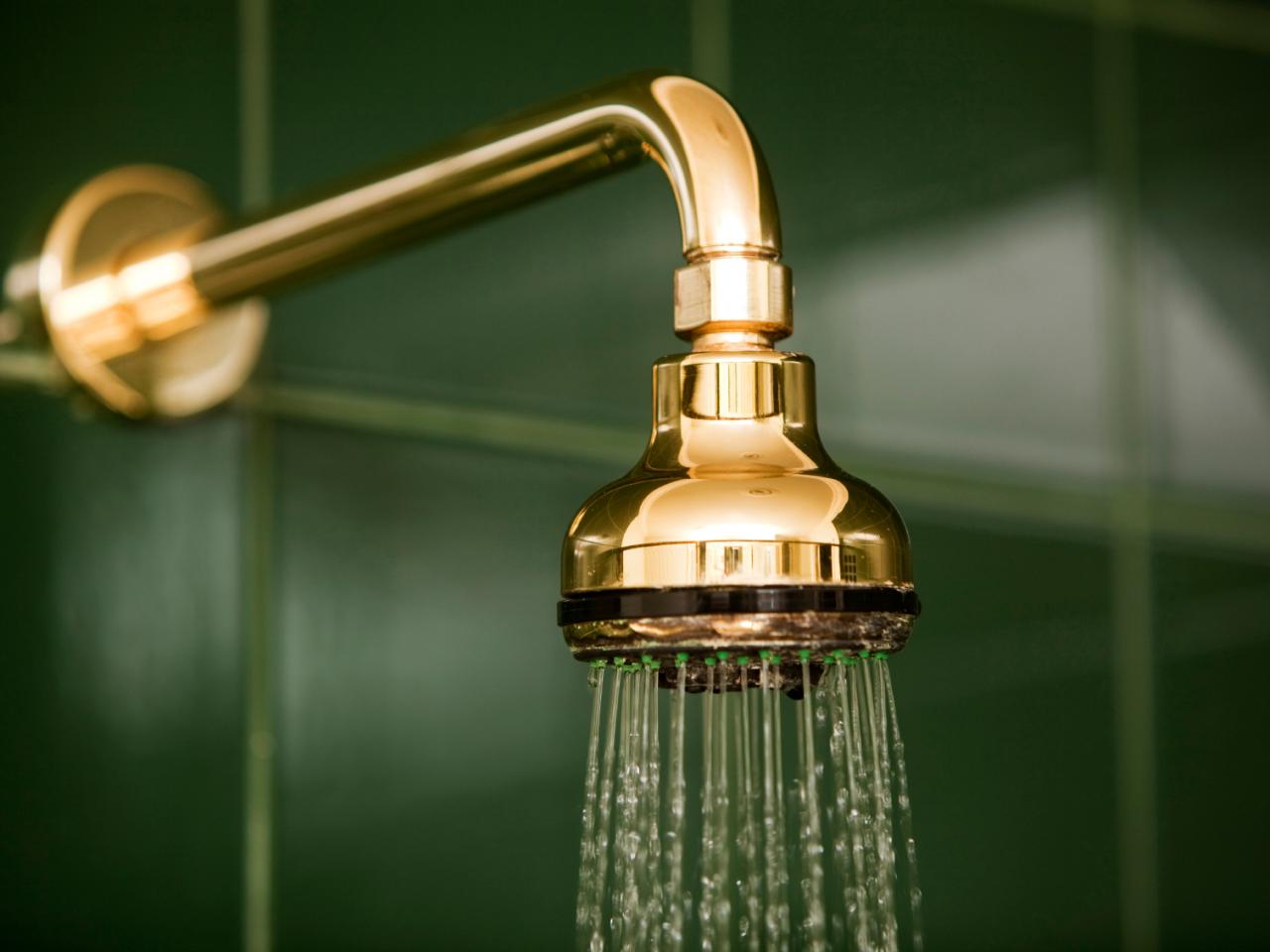
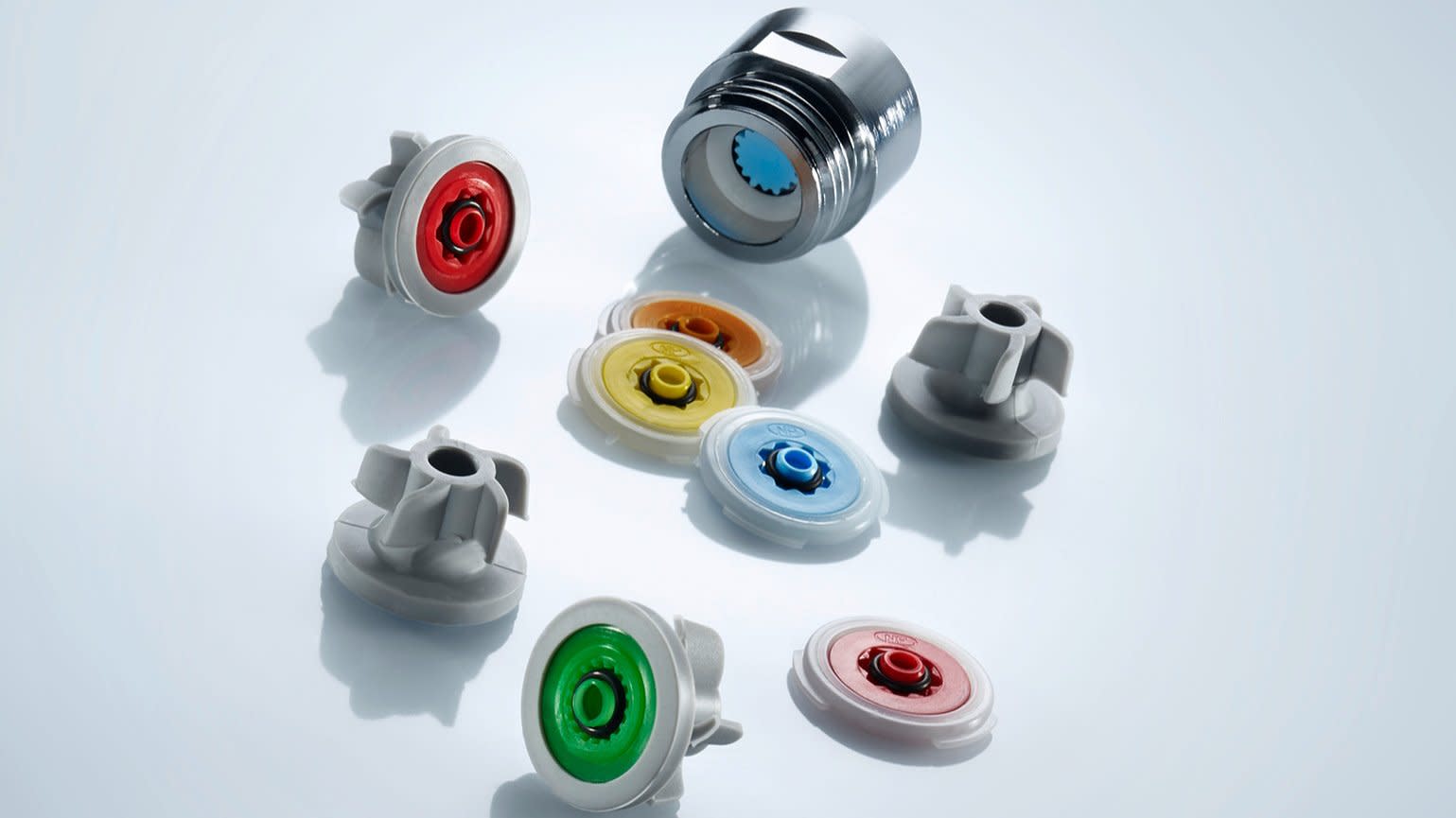
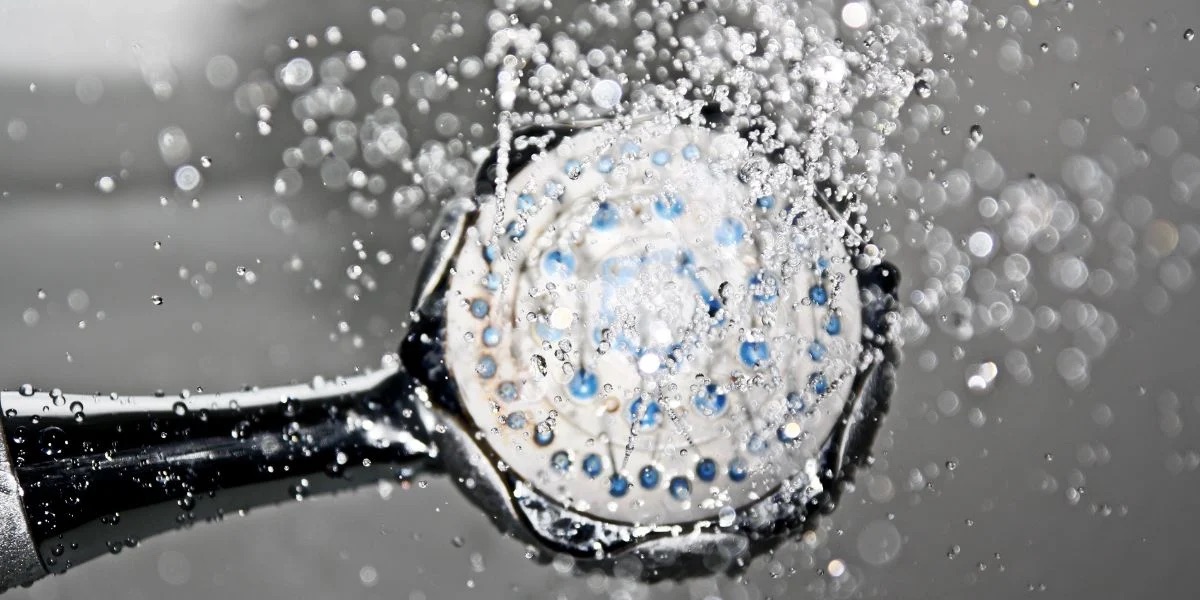
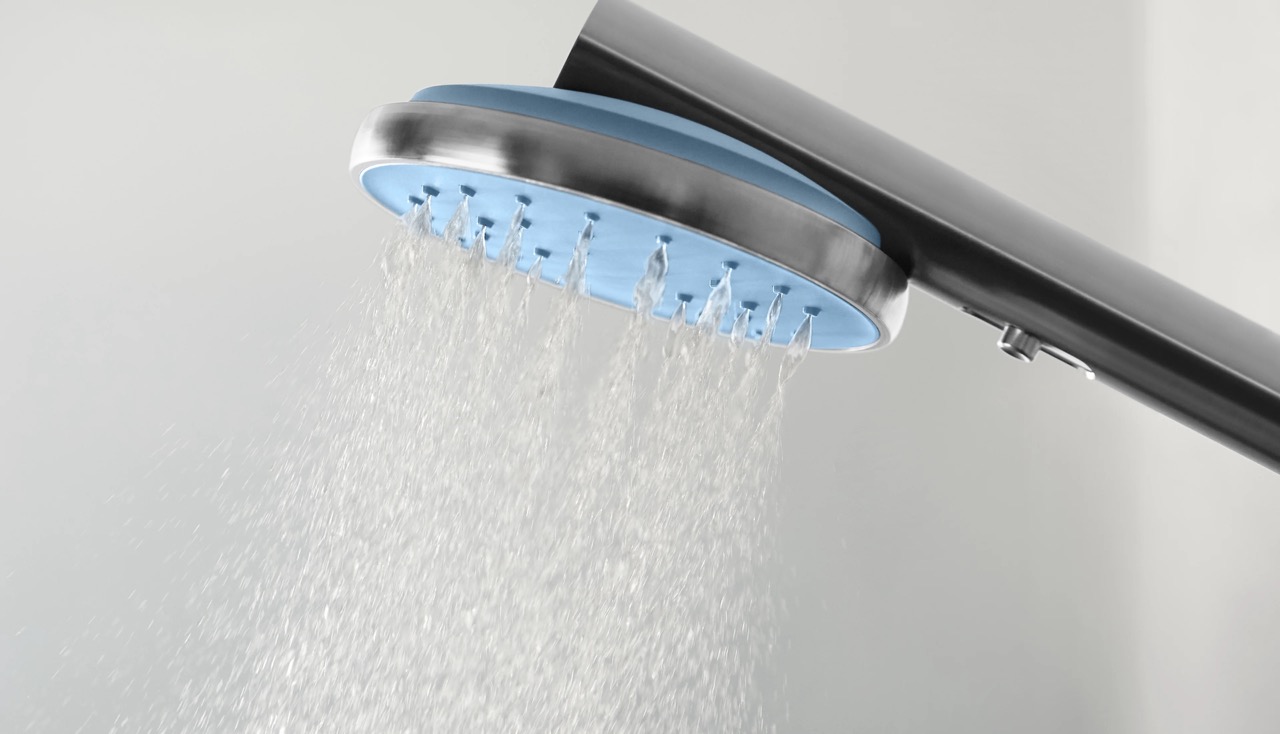
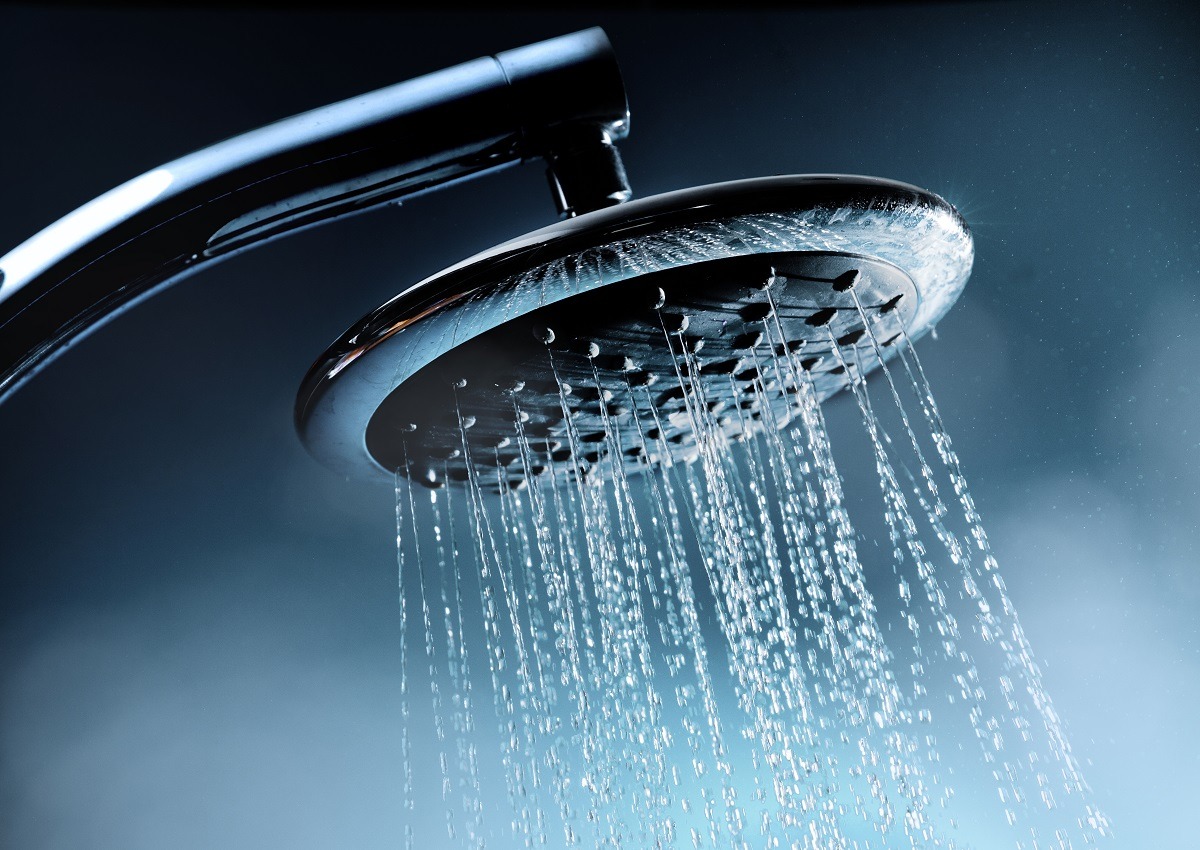
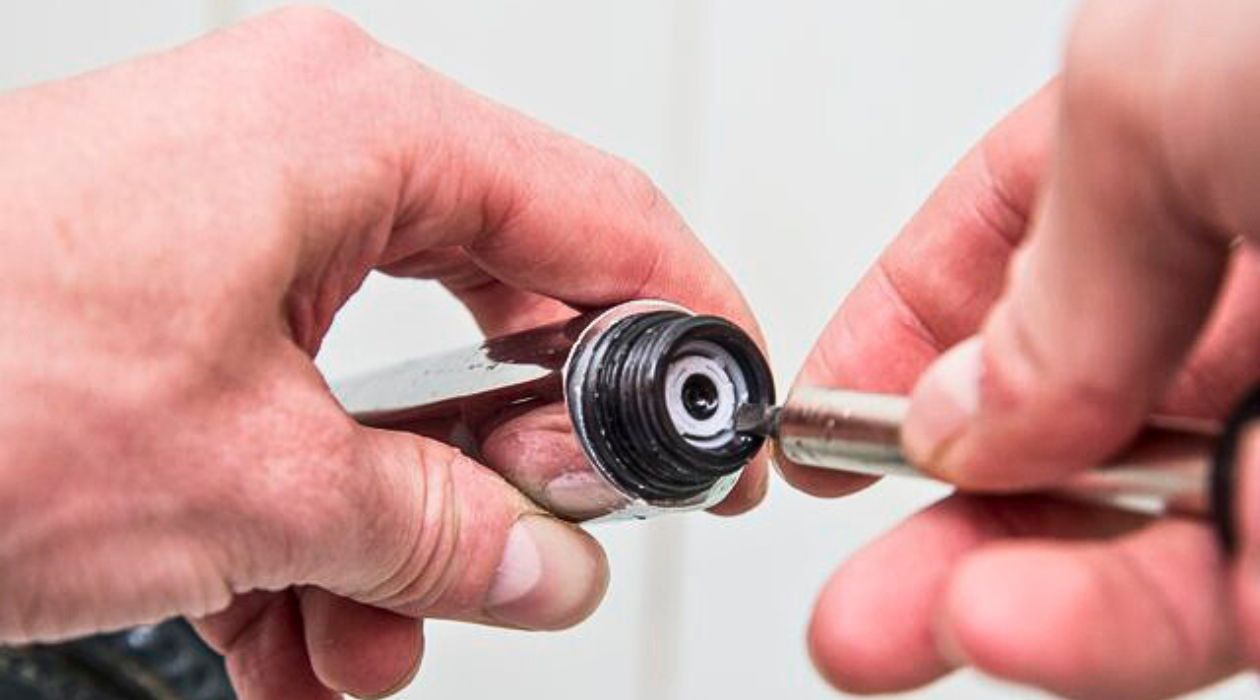
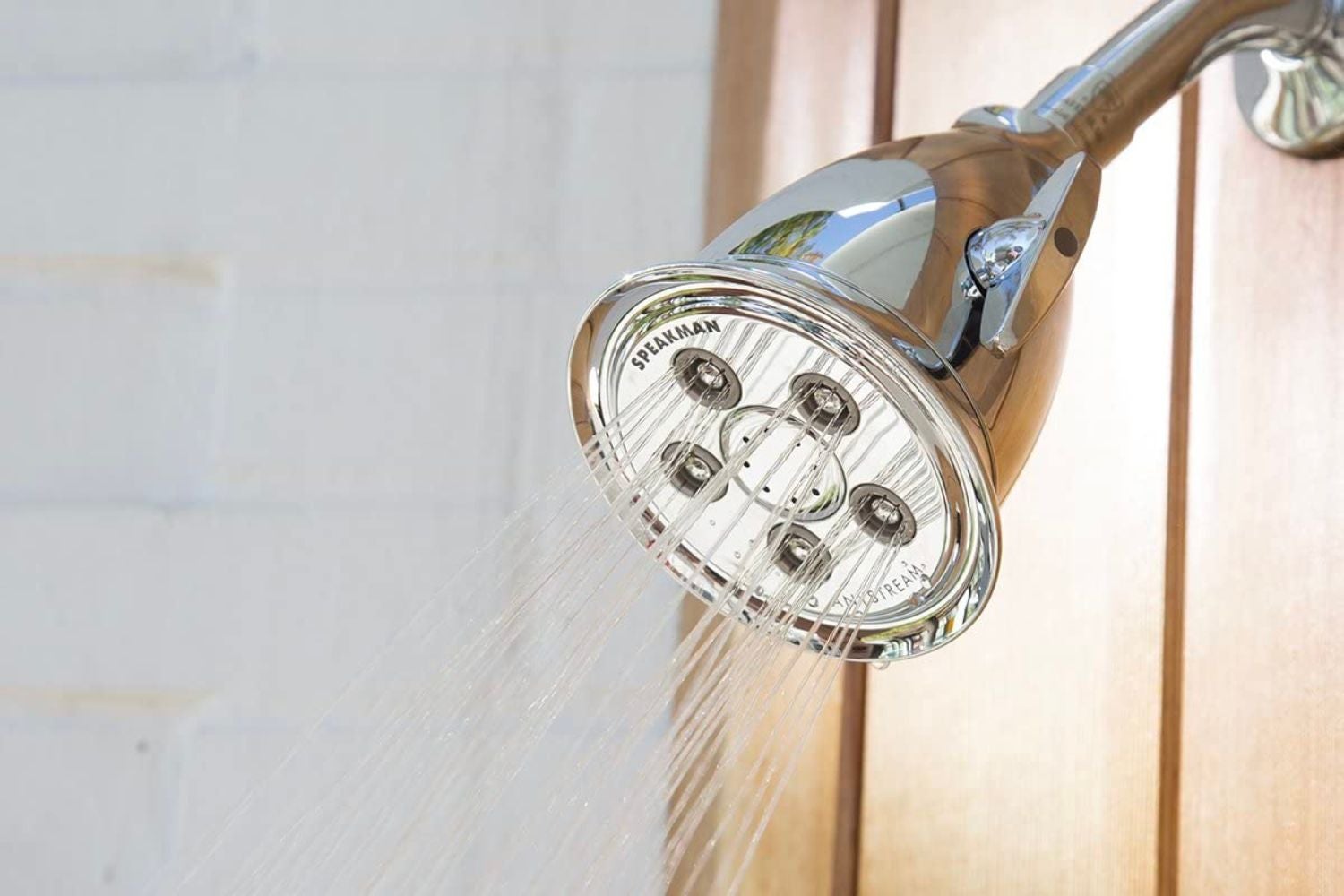
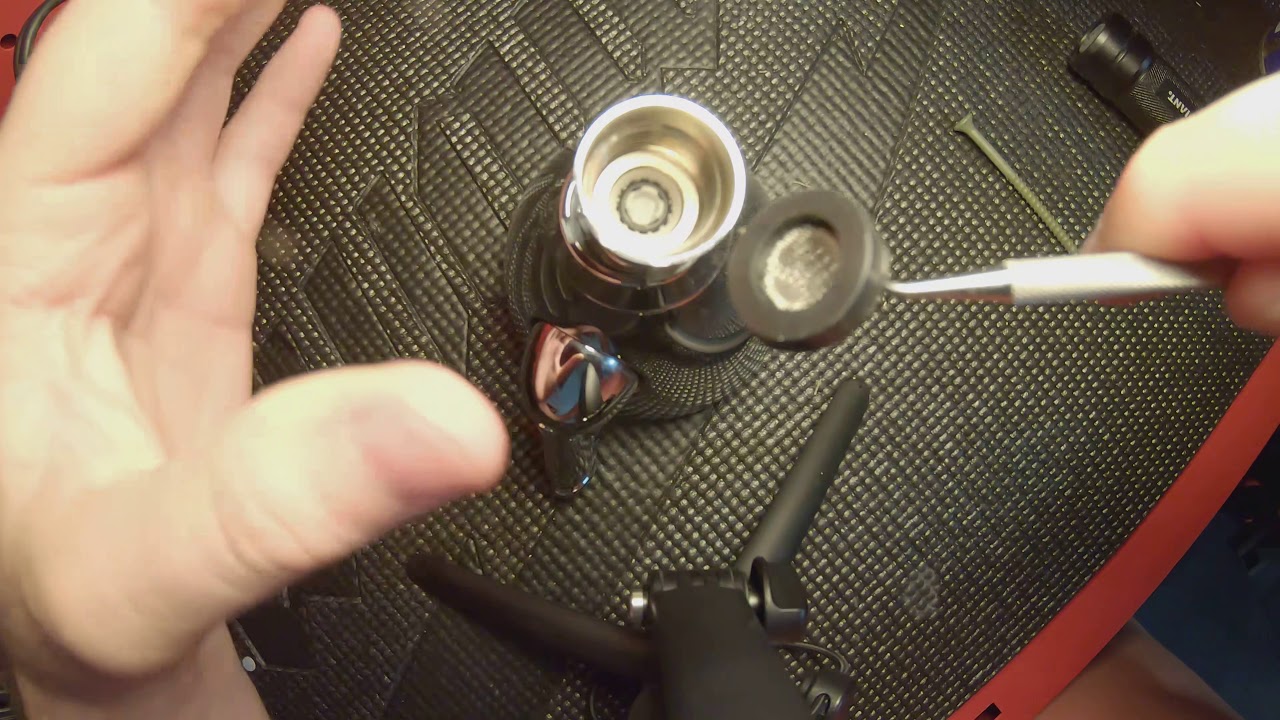
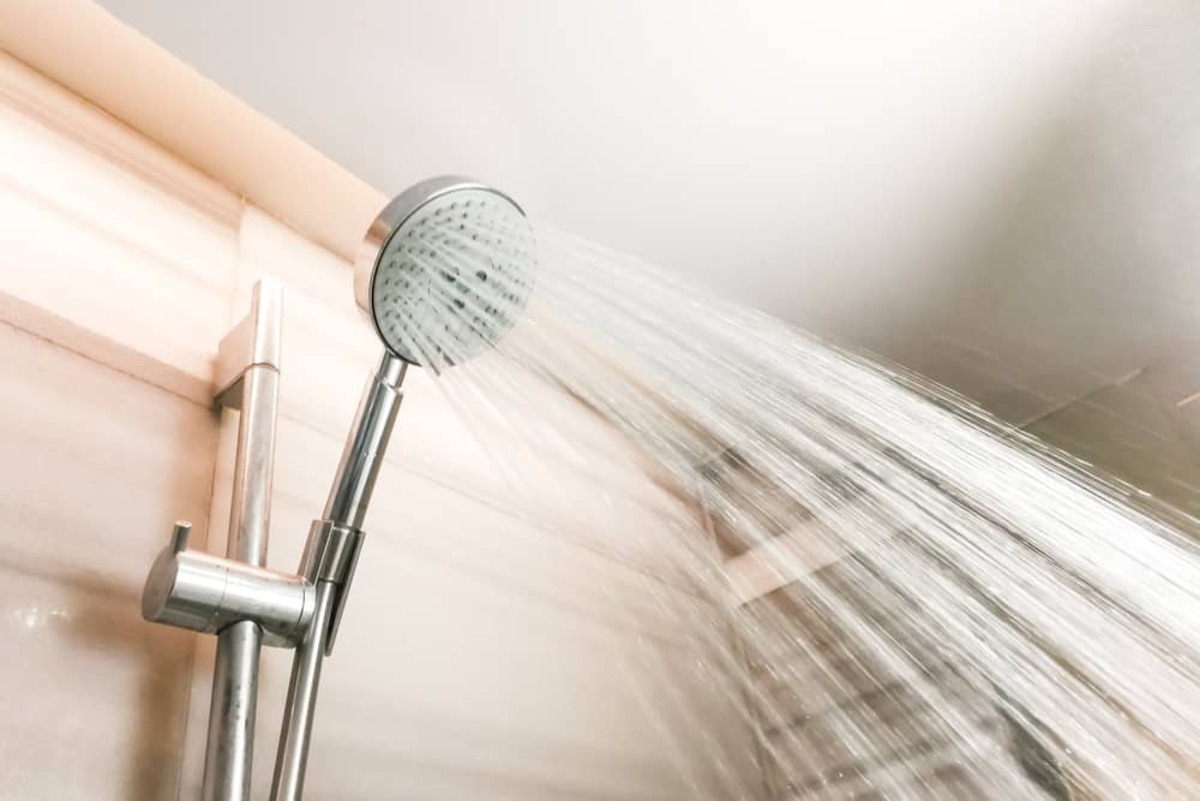
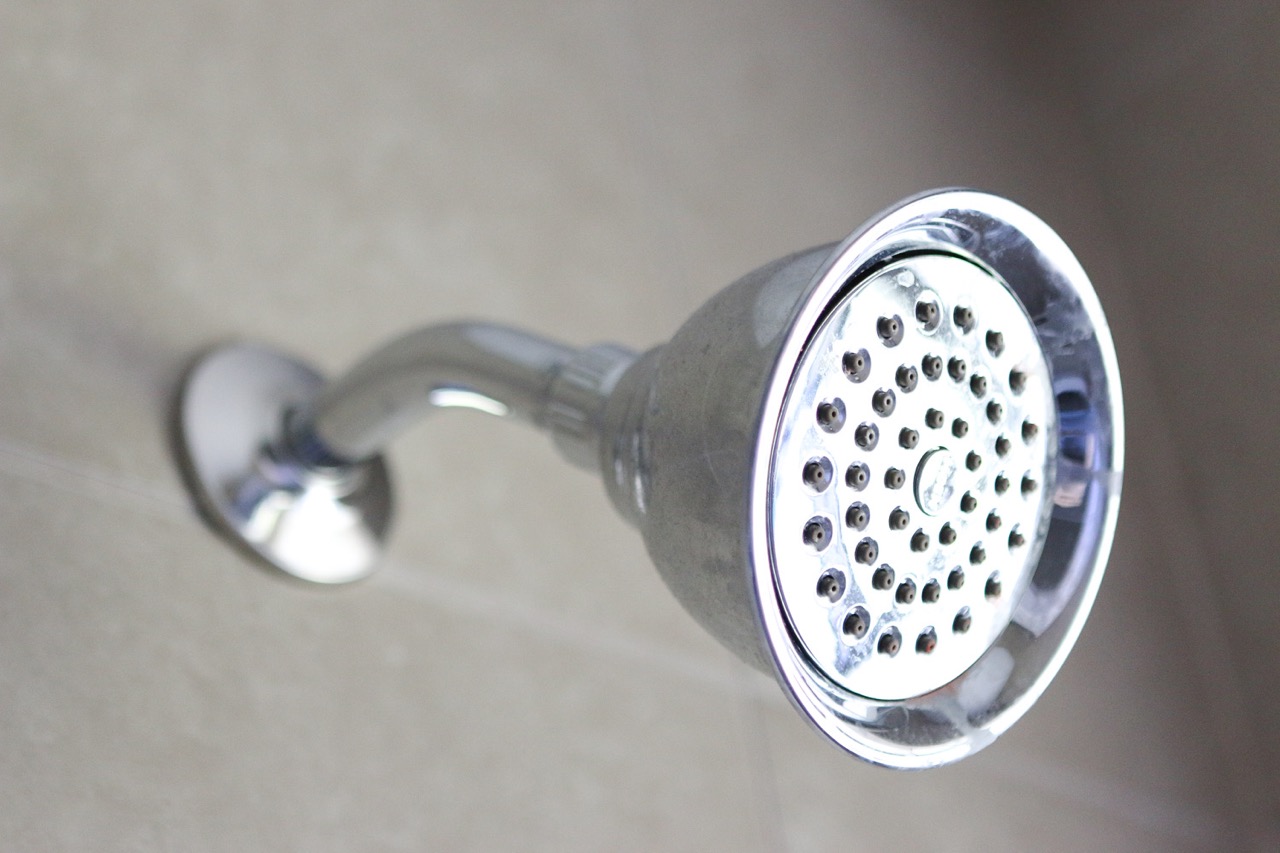
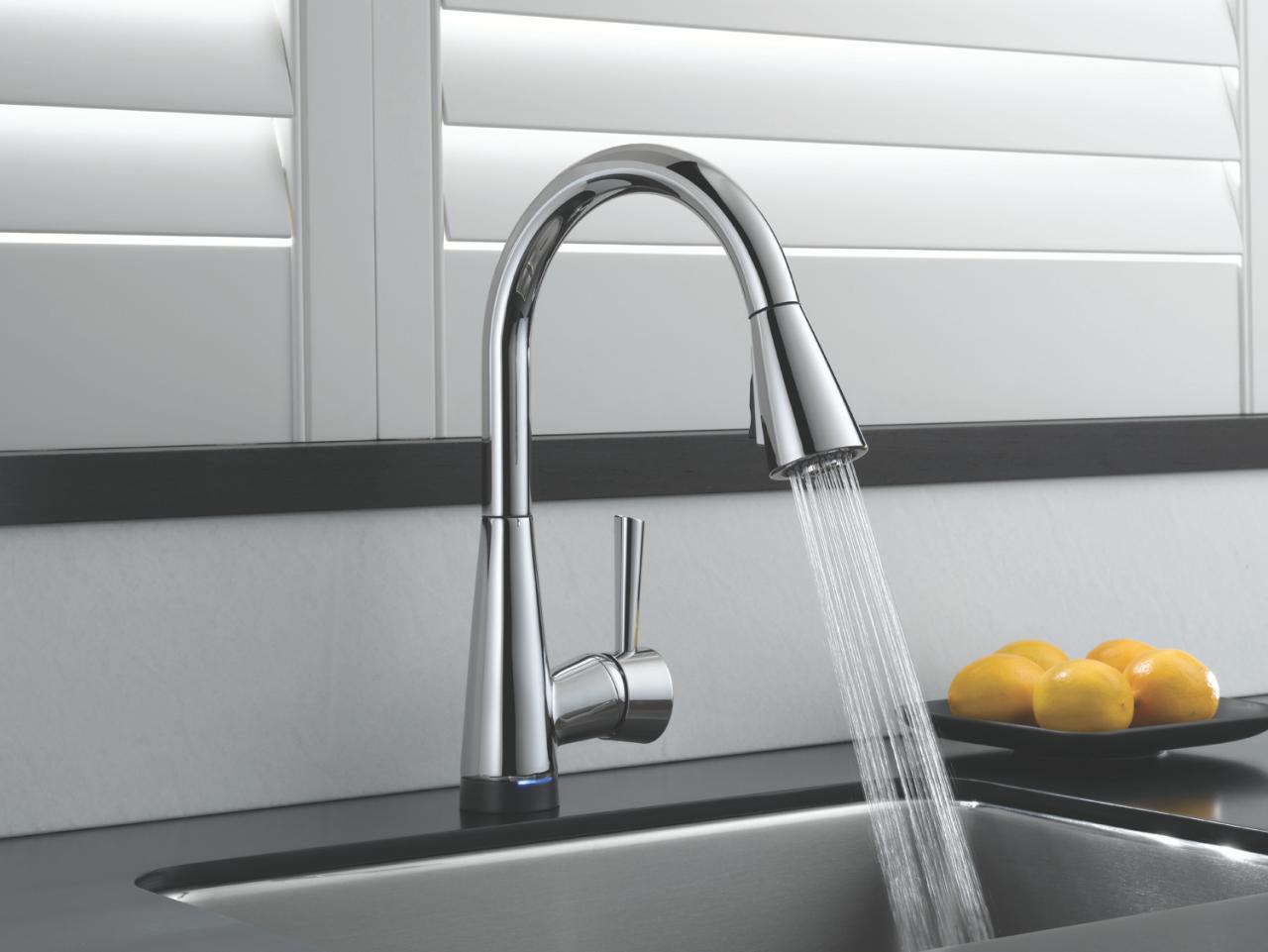
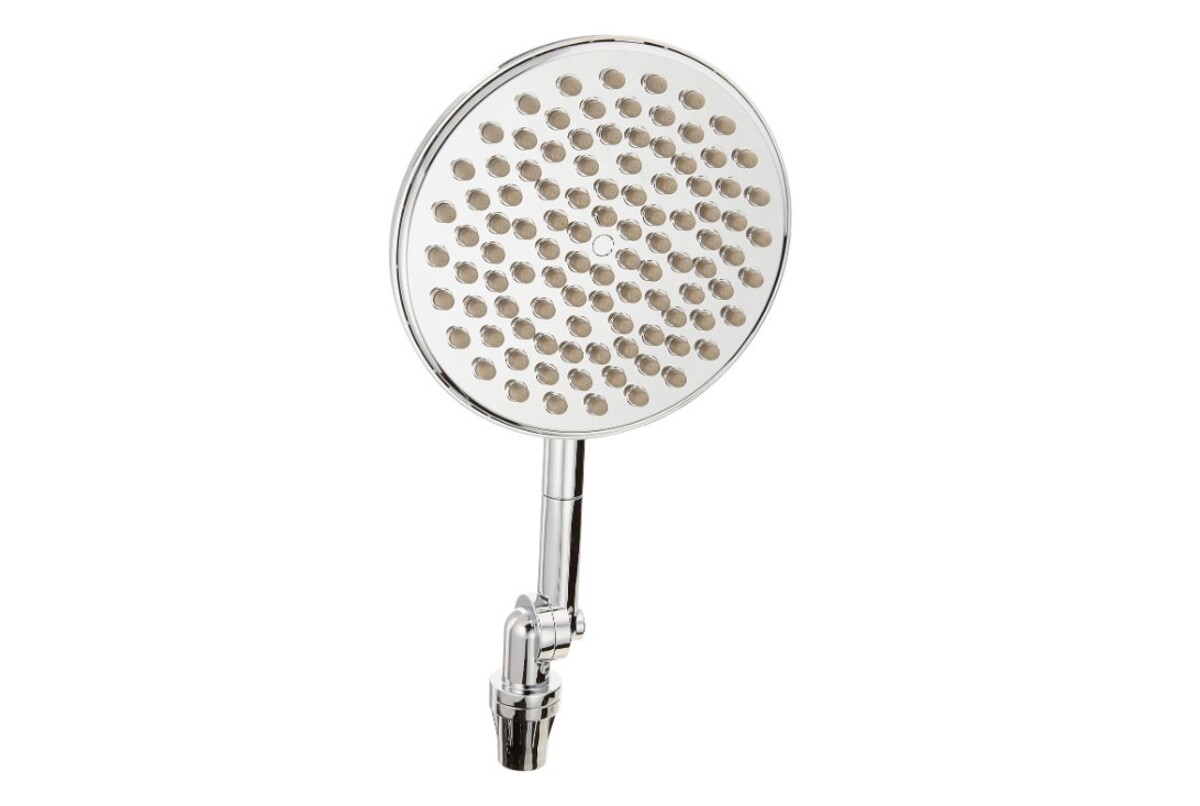
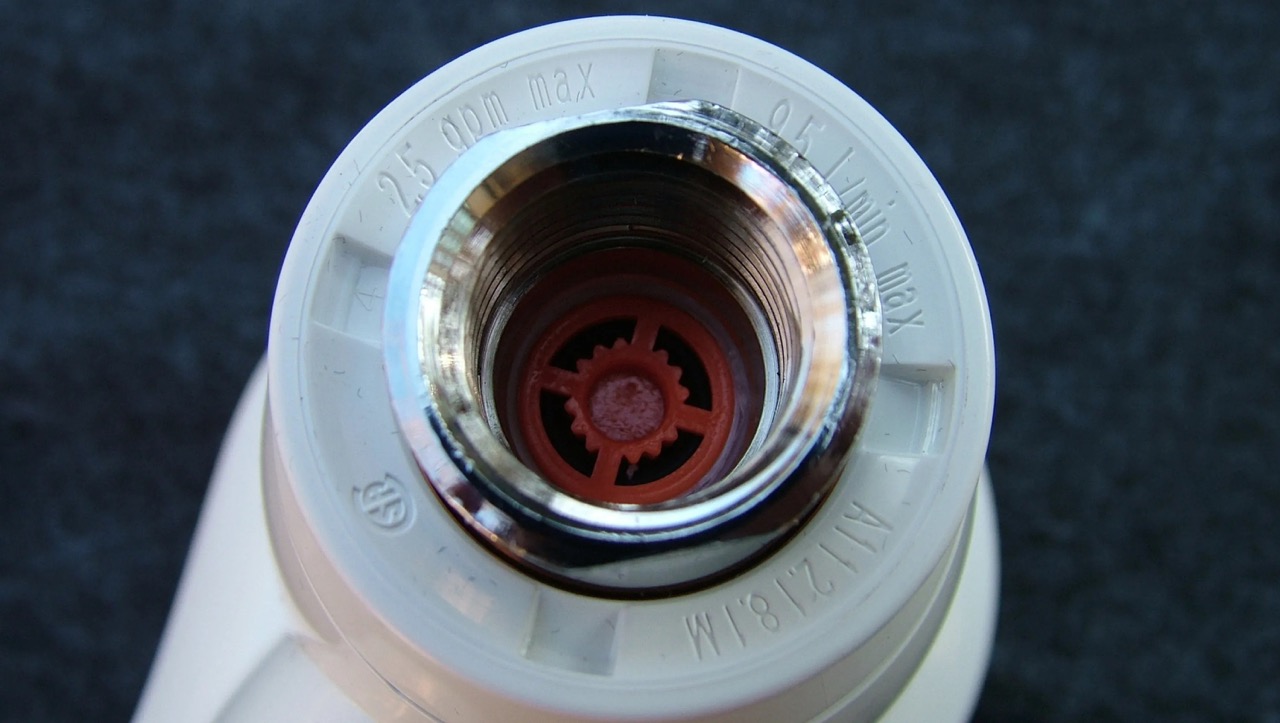


0 thoughts on “What Is Considered A Low Flow Showerhead”